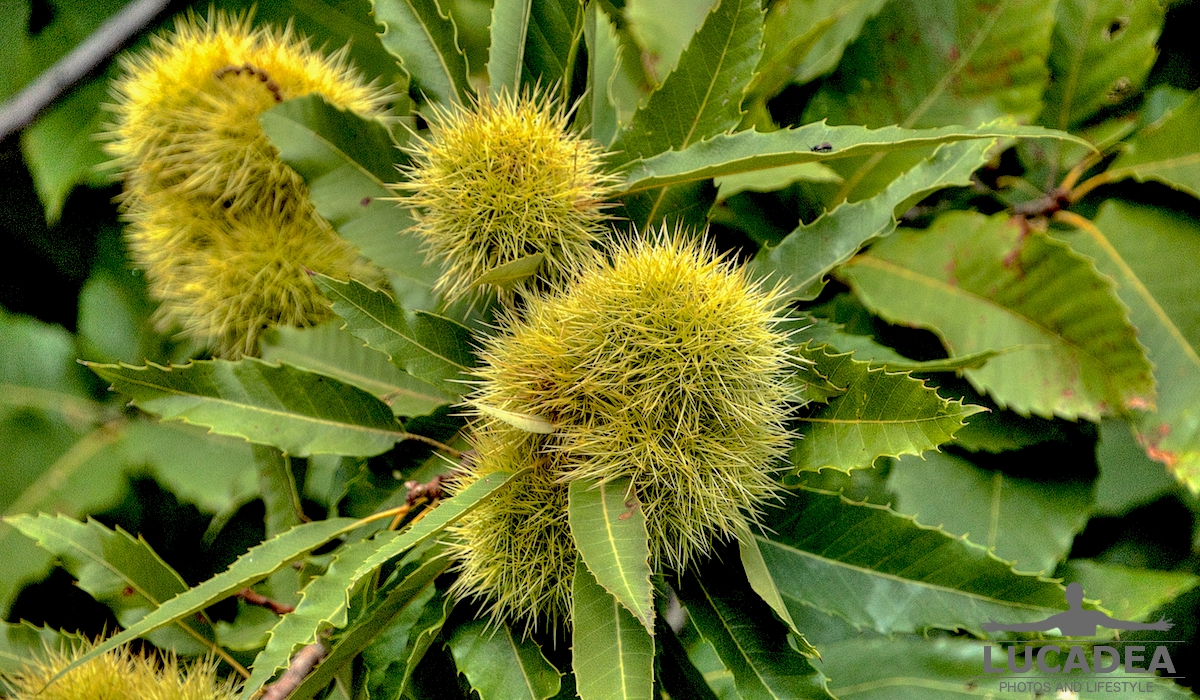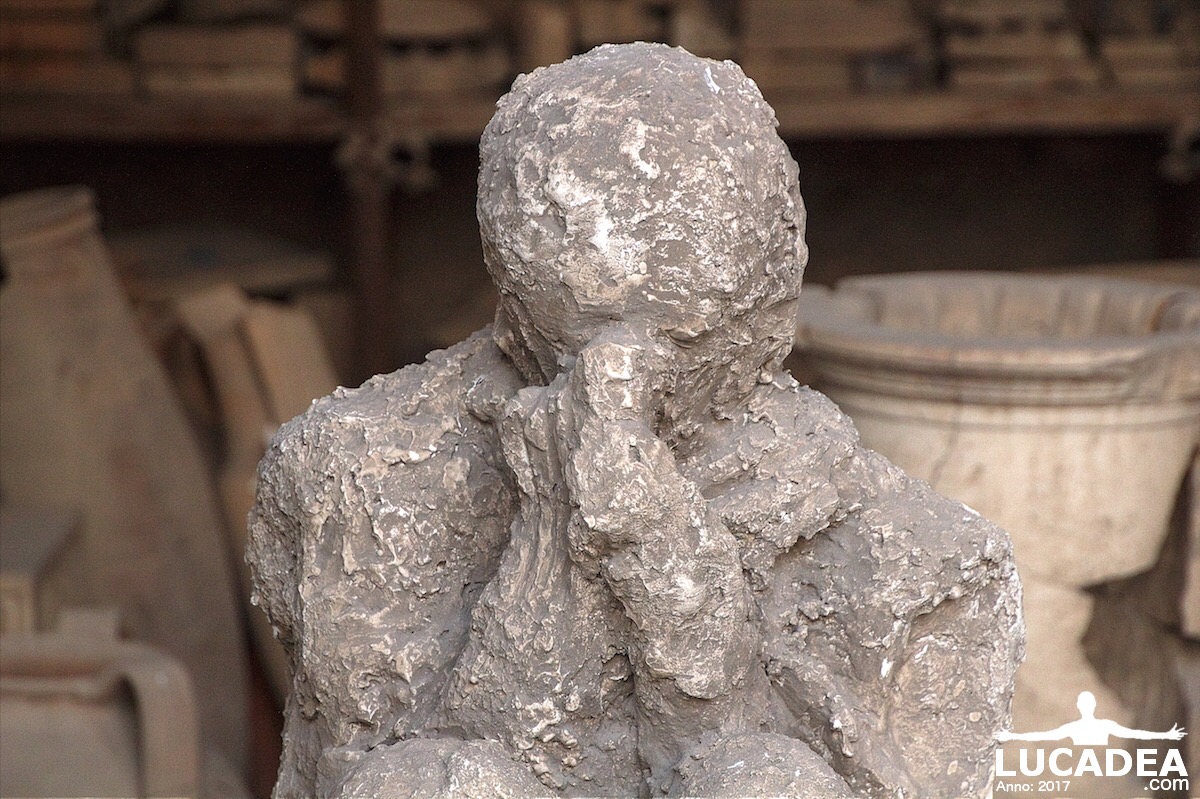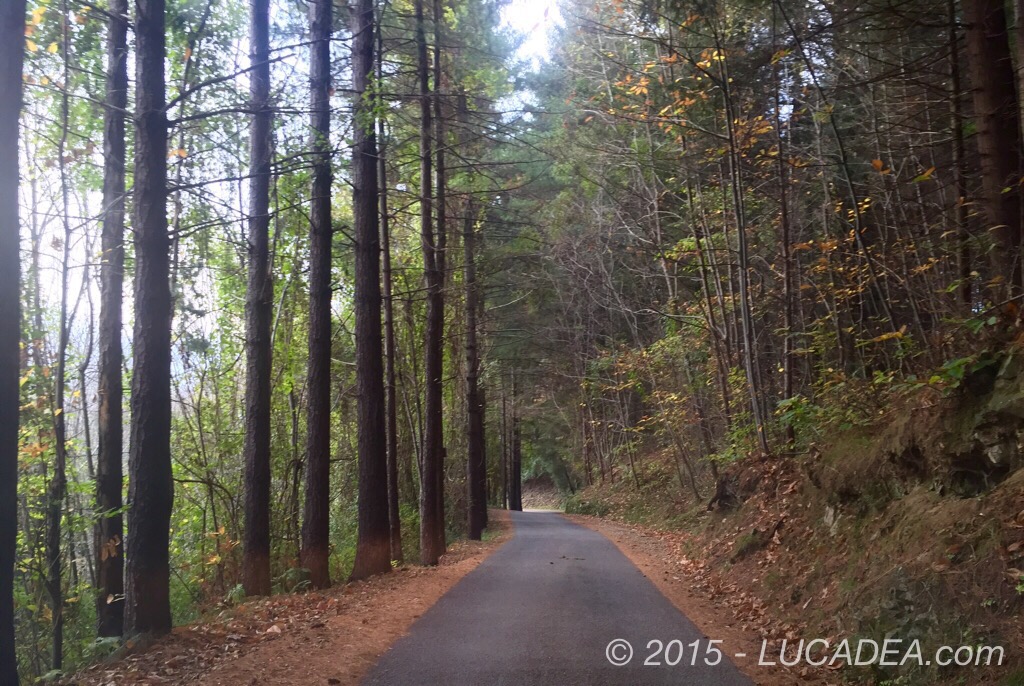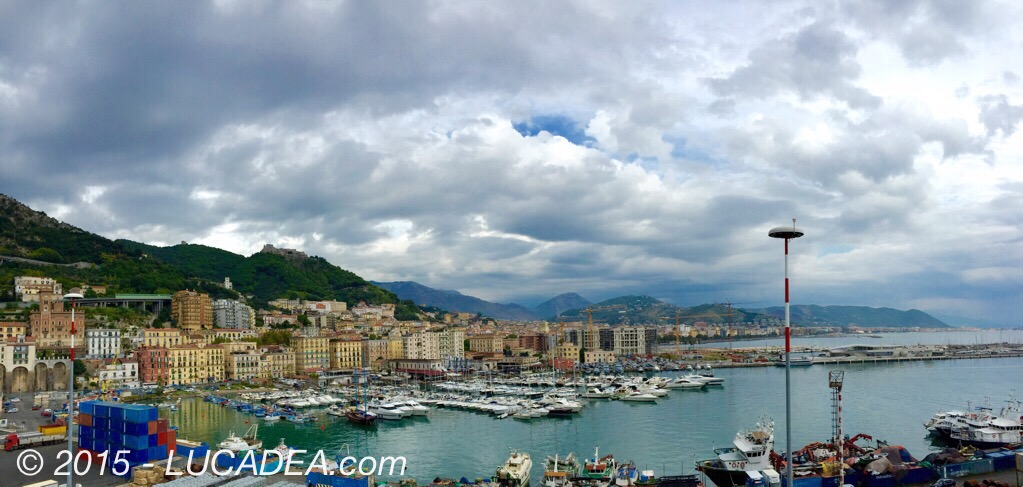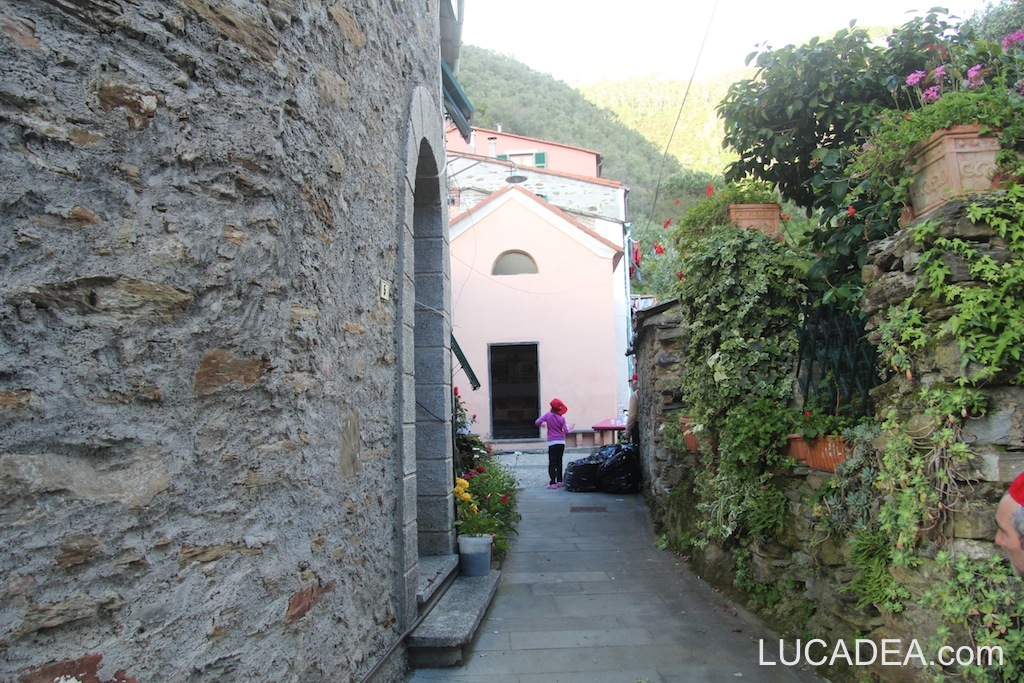A table set in the Vietnamese countryside.
Click vào đây để đọc bằng tiếng việt!
If you have any questions about this article or Vietnamese food in general, write me a message. comment or go to the bottom of the site to read what other visitors have written.
Last year, when we returned to Vietnam to visit family, we arranged a day to go home to burn incense for my deceased father and grandparents, and visit relatives… On that occasion, there was a party at the relatives’ house, also called “death anniversary”, and they invited us to participate.
Death anniversary is the day when relatives, relatives, children and grandchildren gather together and celebrate to remember the deceased and it is a time for family chats, talking about fields, crops… business… it is a time for them to connect with each other. Connecting blood and blood, every year the children learn more about their roots, their grandparents… everyone is busy, going to the market together, preparing chickens, ducks and preparing dishes for the guests, all together.
That day they prepared a table full of dishes for us: white rice, boiled shrimp, boiled chicken, grilled fish in rice paper, spring rolls and steamed beef rolls, squid, mixed salad and a bowl of beef bone soup with curry. They all tasted good. Even though we were just random guests who met, our relatives were very enthusiastic and kind to us… they enthusiastically sang karaoke, chatted and laughed loudly. And of course my husband also participated… They seemed very happy because it was probably the first time they met a foreigner going to a remote and poor countryside… They made them drink a lot of beer to celebrate, just like women, they talk and sing without any difference in age or status… Even when it was getting late, we needed to go back to the city but it seemed like they didn't want to let us go, they still wanted to keep us together and have fun…
Things like this are very difficult to find in the city nowadays… I really enjoyed the fun, warm and human atmosphere… even if the outside temperature made us sweat…
You can say that this was one of the funniest moments of the holiday, right in the Vietnamese countryside.
Photo taken with Honor 20.
Năm ngoái khi chúng tôi về Việt Nam để thăm gia đình, chúng tôi đã sắp xếp 1 ngày để về quê thắp hương cho ba của Đào và ông bà đã mất, thăm bà con họ hàng…Đúng dịp đó, nhà bà con của Đào có 1 bữa cỗ, còn gọi là “đám giỗ”, họ đã mời chúng tôi thăm dự.
Đám giỗ là ngày bà con, họ hàng, con cháu quây quần, tụ họ và làm cỗ để tưởng nhớ người đã mất và là dịp trò chuyện trong gia đình, chuyện đồng án, mùa vụ…chuyện làm ăn… là 1 dịp gắn kết máu mủ ruột rà, con nít qua mỗi năm lại biết thêm về cội nguồn, về ông bà của mình…mọi người chộn rộn, cùng nhau đi chợ, làm gà, làm vịt và chuẩn bị các món ăn đãi khách, cùng nhau dọn dẹp…trong không khí vô cùng gần gũi, ấm nồng.
Hôm đó, tôi được chứng kiến khung cảnh rất bình dị và thân tình của những người bà con họ hàng của Đào, họ chuẩn bị cho chúng tôi 1 bàn đầy ắp món ăn: cơm trắng, tôm luộc, gà luộc, cá nướng giấy bạc cuốn bánh tráng, ram (chả giò) và chả bò, mực hấp, gỏi trộn và 1 tô canh cà ri xương bò. Tất cả đều hợp vị. Dù chúng tôi chỉ là những vị khách bắt đắc dĩ vô ý mà họ gặp được nhưng những người bà con, họ đã rất nhiệt tình và tươm tất đối với chúng tôi… họ hào hứng ca hát karaoke, trò chuyện và cười đùa rôm rả và tất nhiên tôi cũng tham gia… Dường như họ rất vui vì có thể là lần đầu họ gặp được người nước ngoài đi về 1 vùng quê xa và còn nghèo nàn… Họ mời tôi rất nhiều bia để chung vui, đàn ông cũng như phụ nữ, họ trò chuyện ca hát mà không có khoảng cách tuổi tác hay địa vị…Ngay cả khi trời sắp trở chiều tối, chúng tôi cần trở về thành phố nhưng dường như họ không muốn để chúng tôi đi, vẫn muốn giữ chúng tôi lại chung vui và tận hưởng…Những điều bình dị như thế này, nay rất khó tìm thấy ở thành thị…Tôi đã rất tận hưởng không khí vui vẻ, ấm áp và đầy tình người…dù nhiệt độ ngoài trời làm chúng tôi ướt đẫm…Có thể nói là 1 trong những kỉ niệm khó quên của tôi về làng quê Việt Nam.





